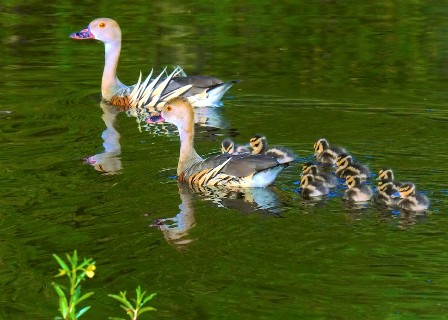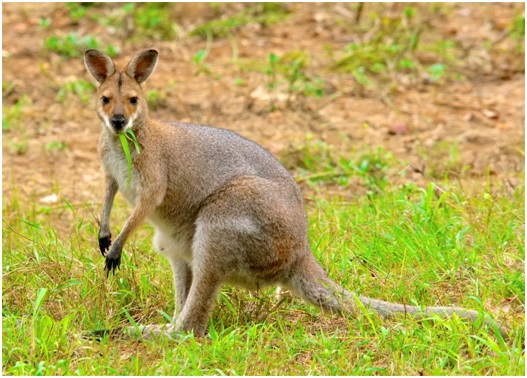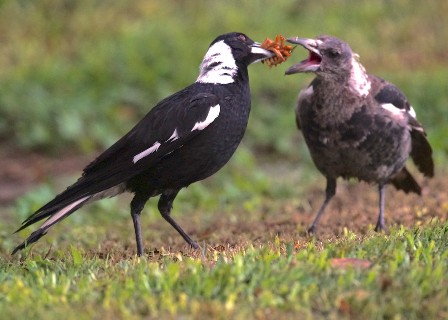The long dry spell has mixed blessings for the wildlife on our Brookfield property.
The numbers of some species of birds are well down and the drought has had an impact on the insect eaters such as Monarchs, Flycatchers and Whistlers.
Some of the larger Honeyeaters have decreased and even the Rosellas, King Parrots and Lorikeets seem to be in much smaller numbers.
This used to concern me, but there is a flip side to this situation.
Once the rain arrives and the trees, shrubs and weeds start growing again, the flowering begins. The insects build up and there will be plenty of food that will support lots of wildlife.
In fact, there will be such a surplus of food, because of the low numbers that have survived the drought, that new birds will come in to fill the empty niches and probably we will even get some new species.
The drought has actually favoured some species. The last really big drought brought in the Plumed Whistling Ducks for the first time and because we keep our dams full, the numbers of water birds has actually increased substantially.

We have also had larger numbers of Reed Warblers than I have ever seen here before and even a pair of seldom seen Little Grassbirds, another species closely associated with wetlands.
Some of the more aggressive species still seem to do well during dry periods. The Willie Wagtails are in their usual numbers though they are nesting later than usual and will probably only do so once this season.
Scrub Turkeys are another aggressive species which seems to be thriving right through the drought and increasing in numbers whilst Butcherbirds, Magpies and Crows always do well in the open areas, probably at the expense of the more timid birds.
Another species that is flourishing is the Bell Miner, which has moved back onto the west facing slopes.
One species I am not happy to find is doing well is the Indian Myna. We had one pair of this pest species, but recently I counted 18 sitting on the powerlines! They probably moved in because their usual haunts ran out of food and water.
One bonus is that the Red-necked Wallabies are coming down around our houses and dams where they can always find some green grass and their favourite Milk Thistle. We are even seeing the shy Swamp Wallaby more often.

We are not keen on interfering with feeding the wildlife during droughts, but I must admit that I do have a few favourites that I feed a few mealworms to, including some Willie Wagtails, Kook – my friendly Kookaburra, who sits on my camera lens until I feed him and some Butcherbirds, Magpies and Plovers (Masked Lapwings). Even though we have many Magpies nesting on the property they have never attacked anyone and I am sure it is because they know I feed them.

When the rains return the breeding season will soon start, and it won’t be long before the birdlife returns. It will be most interesting to see how many new arrivals there will be!

